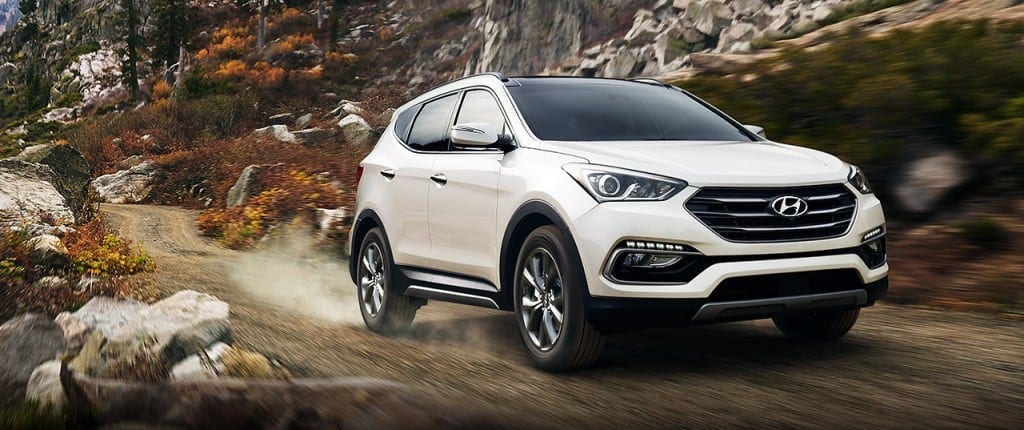So, you’re thinking about snagging a 2017 Hyundai Santa Fe Sport. But, you can’t decide if you want to spend the extra money to get the turbocharged engine on the 2.0T trim, or stick with the base, naturally aspirated version? Well, I’m here to tell you that you should most certainly splurge and grab the turbo. Why? Simple! A turbo provides benefits for a vehicle that are otherwise lost with a naturally aspirated engine. But, before we jump into why the turbocharged engine is a better choice for you and your Santa Fe Sport, it’s important to quickly go over the difference between naturally aspirated, and ensure you understand how a turbo works.
Let’s jump in, shall we?
Naturally Aspirated vs. Turbocharged
Here’s a brief rundown between the two:
A naturally aspirated engine is an internal combustion engine where the air intake depends exclusively on the atmospheric pressure. As in, the air isn’t forced into it through a turbocharger or a supercharger.
A turbocharged engine is an engine that has a turbocharger attached to it (turbo for short). The turbo is there to force air into the engine, which helps create more power – hence the phrase, “force induction.” More air means a bigger boom when the spark and gasoline mix with it.
How a Turbo Works
Now that you understand the difference between the two, let’s take a closer look at how a turbocharger works. A turbocharger is equipped to a car, and actually operates by a similar principle as a piston engine. It takes the exhaust gas and uses it to drive a turbine, which then spins an air compressor. The extra air (and oxygen) is then sent into the cylinders, allowing the cylinders to burn more fuel.
Pretty cool, huh?
What Benefits Do I Glean?
Well, the first and most obvious benefit you glean is an increased amount of horsepower and torque. Even a smaller engine can put out more horsepower and torque, thanks to the inclusion of a turbocharger. For example, the Santa Fe Sport 2.0T trim’s turbocharged 2.0-liter four-cylinder engine produces 240 horsepower and 260 lb.-ft. of torque. Whereas the larger, base 2.4-liter four-cylinder engine is only able to produce 185 horsepower and 178 lb.-ft. of torque.
Another benefit provided by a turbocharged engine is better fuel economy. Well, in the case of the Santa Fe Sport, each engine gets the same fuel economy (which is still impressive based on the difference in power output).
But, the whole idea is that if you take two engines — naturally aspirated and turbocharged — of similar power output and put them side-by-side, the turbocharged engine will get better fuel economy. Why? Because, unlike a naturally aspirated engine, the turbocharger doesn’t allow the extra exhaust energy to go to waste. From a more complex point of view, a turbo engine also has a lower volumetric displacement, which means reduced frictional and thermal losses.
But, enough science talk. The point is, the turbocharged engine found on the Santa Fe Sport 2.0T trim is clearly worth the extra money. Not only do you get a massive increase in power, but you also experience the same type of fuel economy. It’s a win-win situation, and how many of those do you find in the automotive world when it comes to spending extra money, eh?



